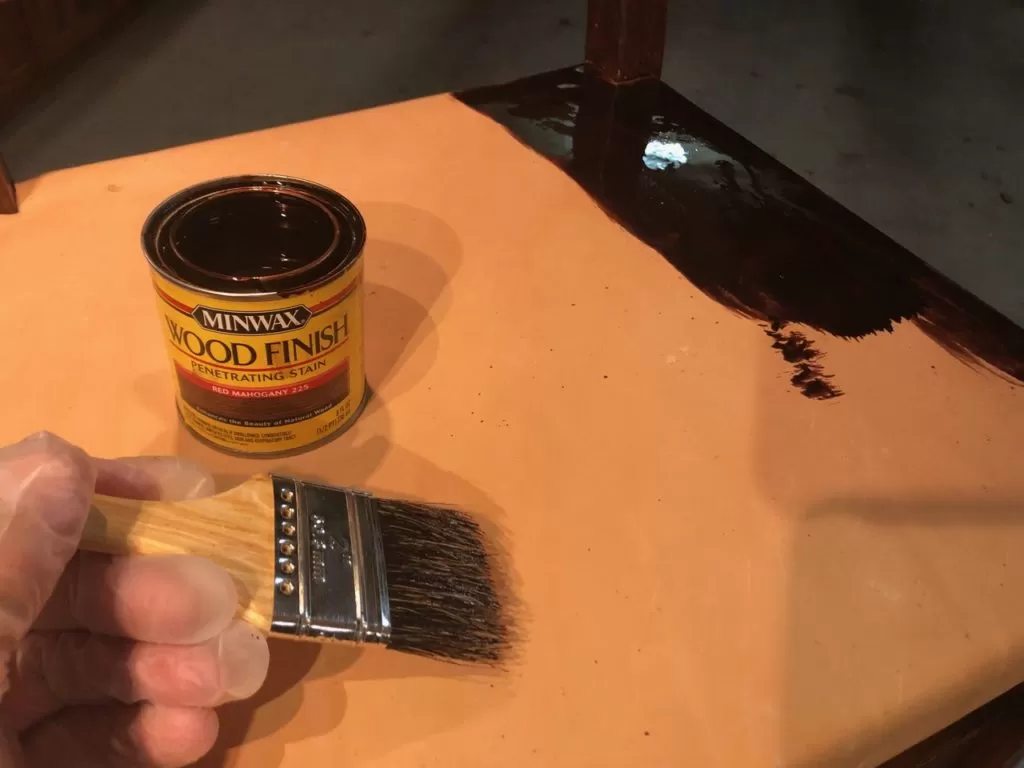Working With Raw Leather
Editor’s note: this article has been republished. Original date of publication: September 2nd, 2016

I found myself needing to attach a different kind of leather to a Roycroft chair seat and to a replica of an L. & J.G. Stickley footstool. This leather, often called “sole” leather, is thicker and less pliable than upholstery leather, and often has to be stained and finished, not unlike raw wood.
Here, then, are some tips for working with raw leather:
1.) Buy it in person.
Like wood, leather comes in different grades, so picking out the piece you like requires going in person. If you do not have a Tandy Leather or similar business near you, find a shop that either makes or repairs saddles, for they carry the same kind of leather we need.
2.) Buy more than you need.
The excess trim pieces are critical for you to have to experiment with different dyes, stains, and finishes. Also, you should be the one measuring and cutting your final piece of leather, not someone else.
3.) Use a new blade.
Leather is not difficult to cut, unless you are using a dull utility knife or razor blade. Put in a fresh blade and you can often cut the leather with a single pass along your metal straightedge.
4.) Mold it to shape.
Dry, thick leather does not bend easily, or hold its shape. After cutting, dampen both sides by holding it under a faucet or with a clean sponge and bucket of water. When pliable, wrap it around the footstool or chair framework, then clamp in place and let dry.
5.) Dye or stain?
Leather shops and online stores sell leather dye, but you can also use a Minwax oil-based wood stain: brush on, keep wet for five minutes, then wipe off the excess, just like you do wood. I find the oil-based stains give me a longer working time and are less apt to leave lap marks.
6.) Test, test, test!
Use those trim scraps to try different shades of dyes or stains. Leather is even more unpredictable than wood (and turns darker), so don’t ruin your piece by not testing your dye or stain on a scrap first.
7.) Finish with a finish.
Raw, dyed, or stained leather is absorbent, just like wood, so will also soak in water, wine, and food if not sealed. My favorite finish for leather: a high quality paste wax. Rub it in, let it almost dry, then buff to an Arts and Crafts protective sheen.
I hope this helps!

Good Luck!
Bruce
